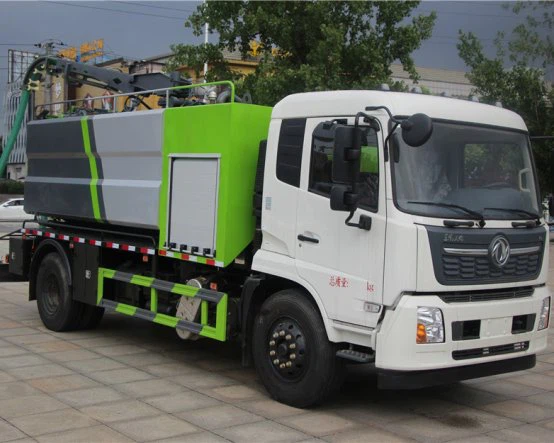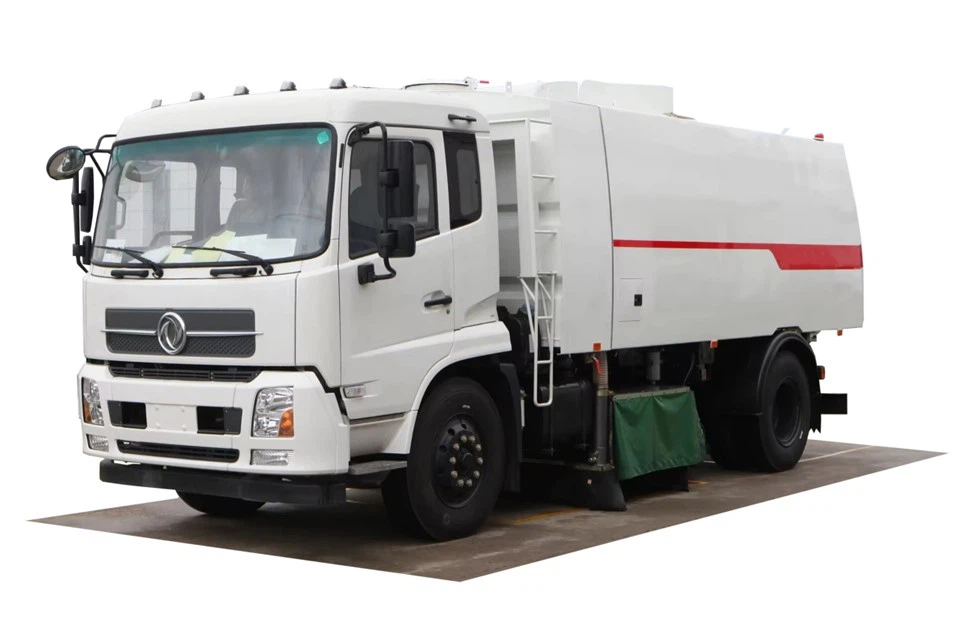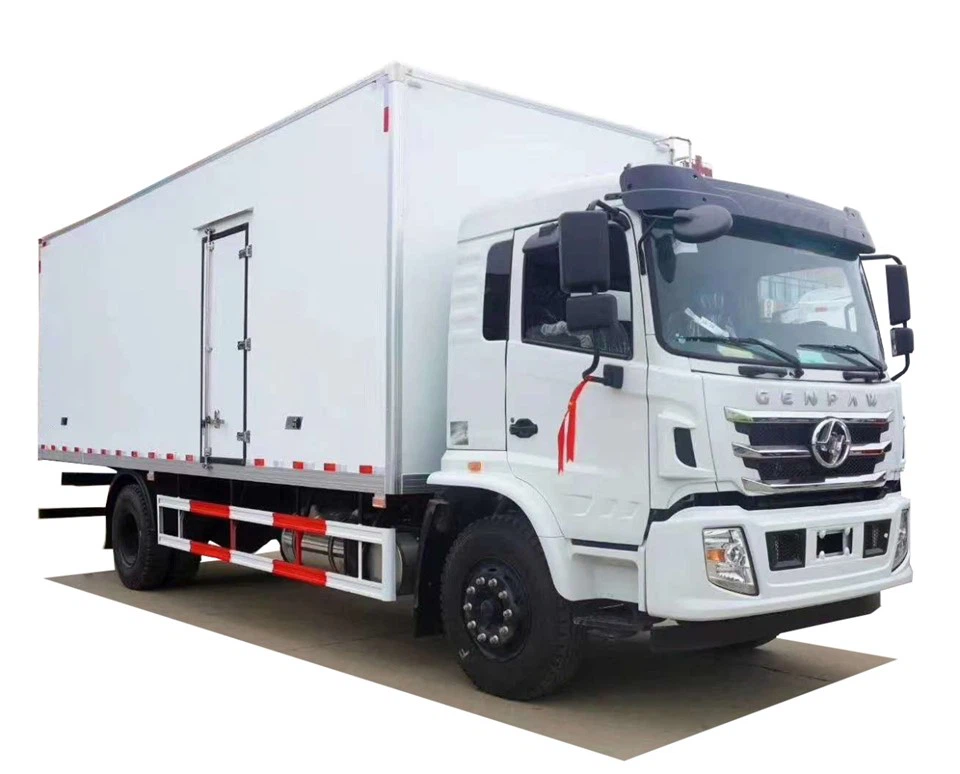Introduction
If you’re looking for a reliable and versatile vehicle to assist with towing and transportation, a non-CDL tow truck might be the perfect fit for your needs. These trucks are ideal for businesses or individuals who need to move vehicles but want to avoid the complications of commercial driver’s licensing (CDL). In this article, we’ll explore everything you need to know about non-CDL tow trucks for sale, including types, specifications, advantages, and practical tips for purchase and ownership. We’ll also answer some common questions about these vehicles to help you make an informed decision.
What is a Non-CDL Tow Truck?
A non-CDL tow truck is a vehicle that does not require a commercial driver’s license to operate. In the United States, this typically means the truck has a gross vehicle weight rating (GVWR) of 26,000 pounds or less. Non-CDL tow trucks are often used for light to medium-duty towing, making them popular among small towing companies, contractors, and individual owners who need a dependable way to transport vehicles without the need for a specialized license.
Types of Non-CDL Tow Trucks
1. Flatbed Tow Trucks
One of the most common types of non-CDL tow trucks, flatbed trucks have a flat platform with adjustable beds that can be lowered to the ground. They are particularly useful for towing damaged or inoperable vehicles.
2. Wheel-Lift Tow Trucks
These trucks utilize a metal yoke to raise the front or rear wheels of a vehicle off the ground, allowing for easy towing. Wheel-lifts are ideal for lighter vehicles and are popular among smaller towing operations.
3. Hook and Chain Tow Trucks
Although less common today due to potential vehicle damage, hook and chain tow trucks use hooks and chains to lift and tow vehicles. They are primarily used for wrecked or abandoned vehicles.
Specifications to Consider

1. Gross Vehicle Weight Rating (GVWR)
Ensure that the GVWR is capped at 26,000 pounds to remain within non-CDL regulations. Check manufacturer specifications for accurate weight ratings.
2. Engine and Transmission
Look for trucks with robust engines (often V8 or diesel options) that provide the power needed for towing. Automatic transmissions are popular for ease of use.
3. Towing Capacity
Consider the maximum weight the truck can tow. Evaluate your typical towing needs and ensure the chosen truck meets those requirements.
4. Bed Length
The bed length varies from 14 to 24 feet. The right length depends on the type of vehicles you’ll typically tow.
5. Payload Capacity
This metric reflects how much weight the truck can carry in addition to the weight of the truck itself. It’s crucial for understanding if the truck can handle your towing needs.
6. Features and Accessories
Look for additional features such as a winch, safety chains, roadside assistance kits, and other tools that enhance the tow truck’s functionality.
Advantages of Owning a Non-CDL Tow Truck
1. Cost-Efficiency
Non-CDL tow trucks are typically less expensive than their CDL-required counterparts. This lower purchase price can make them an appealing option for small businesses or individuals.
2. No CDL Requirement
Since no special license is required, more individuals can operate the vehicle, saving time and money on licensing processes.
3. Versatility
These trucks can tow a wide range of vehicles, from motorcycles to small trucks, which can be beneficial for various towing scenarios.
4. Smaller Size
Non-CDL tow trucks are often smaller and easier to maneuver, making them suitable for urban areas where space can be limited.
Where to Buy Non-CDL Tow Trucks
1. New Dealerships
Purchasing from authorized dealerships ensures you get a warranty and can access financing options. Many dealerships offer a variety of newer models with the latest features.
2. Used Truck Markets
Consider exploring used truck marketplaces, such as online classifieds or local auctions. Used trucks can provide significant savings, but be sure to conduct thorough inspections.
3. Online Marketplaces
Websites such as eBay, Craigslist, and specialized truck sales websites can help you find a non-CDL tow truck that fits your criteria.
Financing Options for Your Non-CDL Tow Truck
1. Bank Loans
Traditional bank loans offer competitive interest rates. Having a solid credit score can help you secure favorable terms.
2. Dealer Financing
Many dealerships provide their financing options. Be sure to compare rates and terms with other lenders to ensure you’re getting the best deal.
3. Leasing Options
Consider leasing if you need a truck for a shorter period. This can lower upfront costs, but be mindful of mileage limits and wear-and-tear fees.
Maintaining Your Non-CDL Tow Truck
1. Regular Inspections
Conduct routine inspections of your vehicle to catch any potential issues early. Check brakes, lights, tires, and the towing mechanism regularly.
2. Routine Maintenance
Follow the manufacturer’s maintenance schedule, which typically includes oil changes, filter replacements, and other necessary servicing.
3. Keep it Clean
Regular washing and detailing will help preserve the truck’s appearance and longevity. Ensure that the interior is kept free of clutter and debris.
4. Record Keeping
Keep meticulous records of all service and maintenance performed. This can help maintain the vehicle’s resale value and keep its warranty valid.
Practical Tips for Operating a Non-CDL Tow Truck
1. Understand Load Limits
Never exceed the specified load limits. Always check the vehicle’s manual for guidance on weight capacities.
2. Proper Loading Techniques
Ensure proper weight distribution when loading a vehicle. Secure it with straps or chains to prevent shifting during transport.
3. Safety First

Always adhere to safety protocols. Wear seat belts, and use hazard lights while towing, especially in adverse weather conditions.
4. Plan Your Route
Before driving, plan out your route, avoiding low-hanging bridges or tight corners that could cause issues while towing.

Frequently Asked Questions (FAQs)
1. Do I need a special license to drive a non-CDL tow truck?
No, a non-CDL tow truck does not require a commercial driver’s license as long as it meets the weight criteria.
2. What is the average cost of a non-CDL tow truck?
The cost can vary significantly based on age, condition, and features, but you can expect a range from $20,000 to $60,000 for new trucks, while used options may start as low as $10,000.
3. Can I install additional towing equipment on my non-CDL truck?
Yes, you can install accessories like winches or additional towing mechanisms. However, always ensure they comply with safety regulations.
4. How can I determine the towing capacity of a non-CDL truck?
Towing capacity is often listed in the vehicle’s specifications from the manufacturer. It depends on the truck’s construction, engine, and transmission.
5. Are there financing options available for non-CDL tow trucks?
Yes, various financing options exist, including bank loans, dealership financing, and leasing. Always compare rates to find the best option for your situation.
6. What are common maintenance tasks for non-CDL tow trucks?
Common maintenance includes oil changes, brake inspections, tire rotations, and checking the towing equipment to ensure it’s in safe working order.